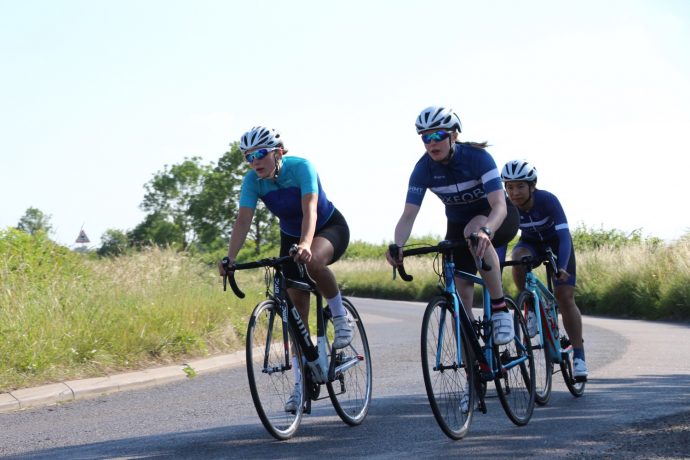You have been riding for a little while, and are now looking to take your training to the next level to make sure you continue to improve. Here are our top 10 tips to start training smarter:
- Listen to your body. Top athletes are fantastic at knowing when they should push themselves, and when they need to hold back. Use Wattson Blue to track your well-being, and recognise that you get the best outcome by being flexible with your training.
- Do at least 2 activities a week of 75 minutes in duration or longer.Build up to these levels if they seem too daunting. A lot of us can end up focusing too much on intensity, but doing the long (slightly more relaxed) rides allows you to build endurance without getting too fatigued, which will then allow you to go even harder on other days.Aim to have activities with intensity at a level where if you had to do another 20 minutes at the same intensity, it would not be a problem (and then find the time to fit in the extra 20 minutes!)
- Do one or two high intensity activities each week. For example:
- A hard group ride
- 3-5 intervals of 8-12 minutes in duration, with 2-3 minutes recovery in between. (Intensity should be at around your 1-hour race pace. Zone 4/5).
- 25 minutes worth of hard hill reps. (Intensity should be above your 1-hour race pace – Zone 5/6).
- 60-90 minutes harder tempo ride.
It’s good to push the limit on these intervals sometimes, especially to learn how hard you can go, but remember to leave another level for your next race. If you feel particularly good, experiment with increasing the duration or reps, rather than the intensity.
- Avoid training monotony. This will ensure you continue to improve.Keep mixing up your training – for example:
- Have some easy days and some hard days,
- Have some double session days,
- Have some sessions where you do intervals, followed by endurance, and switch them around other days.
- Have some social recovery rides.
- Be ready to make some sacrifices. For most of us who are combining training with family, friends and a full-time job, life can easily get in the way of training. Don’t let it get you down, but realise that to make long-term improvements, you need to stay consistent and find time to train, without compromising your recovery and sleep.
- Take a recovery week every 3-4 weeks. However, also accept that life will throw some forced recovery weeks your way. If you are super busy at work one week, don’t feel the pressure to miss sleep to hit the gym. Use that as an opportunity to get enough rest and recovery, and come back more prepared next week.
- Join a cycling club and consider getting a coach. The right club can help you grow as a rider and raise your cycling to the next level. Plus, learning to go fast as part of a group can add a new dimension to your training, and teach you to push yourself in new ways. A good coach can give you guidance, keep you honest, while also adding some structure to your training.
- Don’t over-fuel during your ride. A lot of amateur athletes can end up taking on too many gels during rides, which can lead to a drop in performance. Experiment with going easier with re-fuelling to see when you really need to re-fuel. But make sure you re-fuel after your ride with quality food.
- Do some cross training and strength and conditioning. Since cycling is a non-weight bearing exercise, a little bit of cross training, running and S&C can ensure you keep your bones and joints in good shape. They can also help you in the long run to avoid those niggling pains, e.g. in your knees or lower back.
- Understand your functional threshold values and training zones.Functional threshold heart rate (FTHR) and power (FTP) are estimated as values a rider can hold for one hour. These are used to calculate your training load (sometimes called TSS). They may also be used to estimate your training zones (you might have heard Zone 1, Zone 5, etc). These zones allow you to break down activities into different intensity levels.If you wear a Heart Rate Monitor (this Wahoo Ticker alongside the Strava app works great), Wattson Blue will automatically give you the breakdown of time spent in different zones and gives you training advice accordingly. You can read more about these concepts here.


